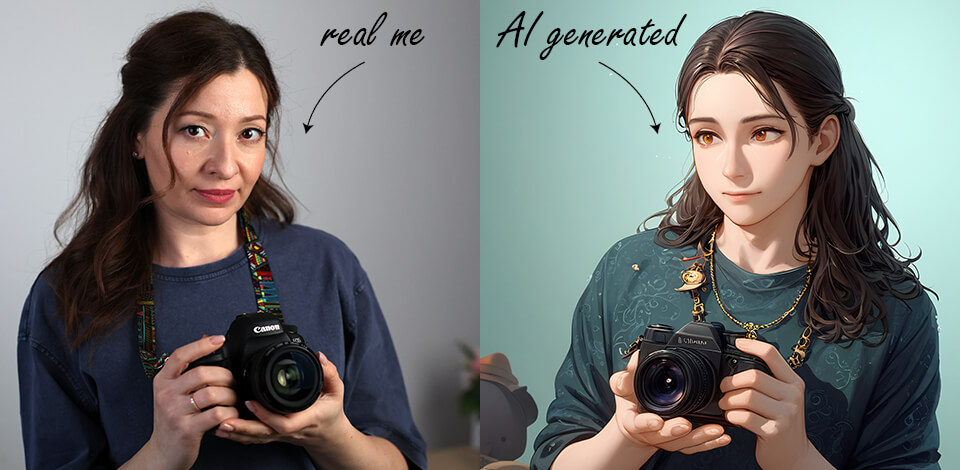
AI and photography have changed a lot in recent years, transforming the world of photo editing and retouching. At FixThePhoto, we notice these changes every day - from the kinds of requests clients send us to how we work.
It’s a bit sad to admit, but now that AI can edit photos automatically, we get fewer orders for headshot and product photo editing. AI has become both a useful tool and a challenge, and we’re learning to adapt to this new reality.
Before AI tools became widespread, clients mostly asked our FixThePhoto team to perform classic photo retouching. The main focus was on making photos look better in a natural way. Color correction was the most requested service.
Clients also often asked us to remove skin imperfections like spots, wrinkles, or uneven texture, while keeping everything looking natural. Another common request was to improve the background by reducing noise or removing distracting elements. Some clients even wanted us to adjust the composition to better balance the photo or highlight a specific subject.
These days, as AI keeps evolving, more clients are looking for fast and bold edits using AI tools. The most popular requests are:
However, many clients still want some manual editing too to avoid that overly "fake" or artificial look.
Since AI and photography coexistence became tighter, we've also noticed changes in what our clients expect to get from us:
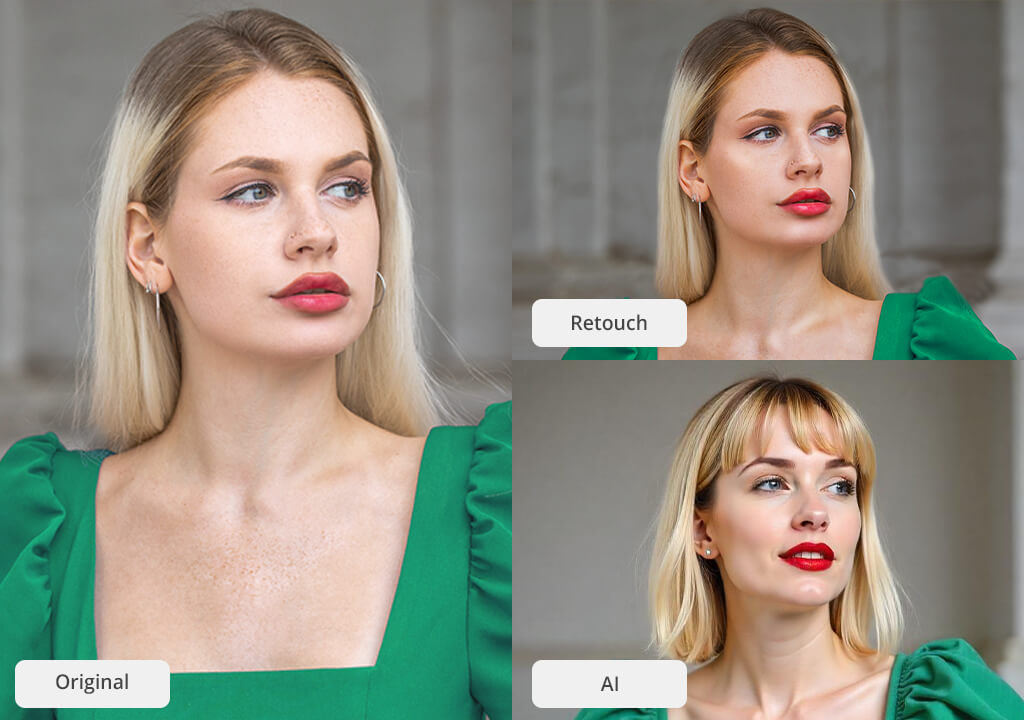
Right now, many people in creative industries, including photography, are questioning whether AI will replace human creativity. The concern is real. British Telecom has already announced it will cut 55,000 jobs in the coming years as AI takes over roles in its call centers. It’s a worrying sign of how AI could impact employment.
How does this affect the photo industry? It’s a complex issue. Generative AI tools can offer exciting new options for photographers, but at the same time, they can replace some of the methods photographers have used for years.

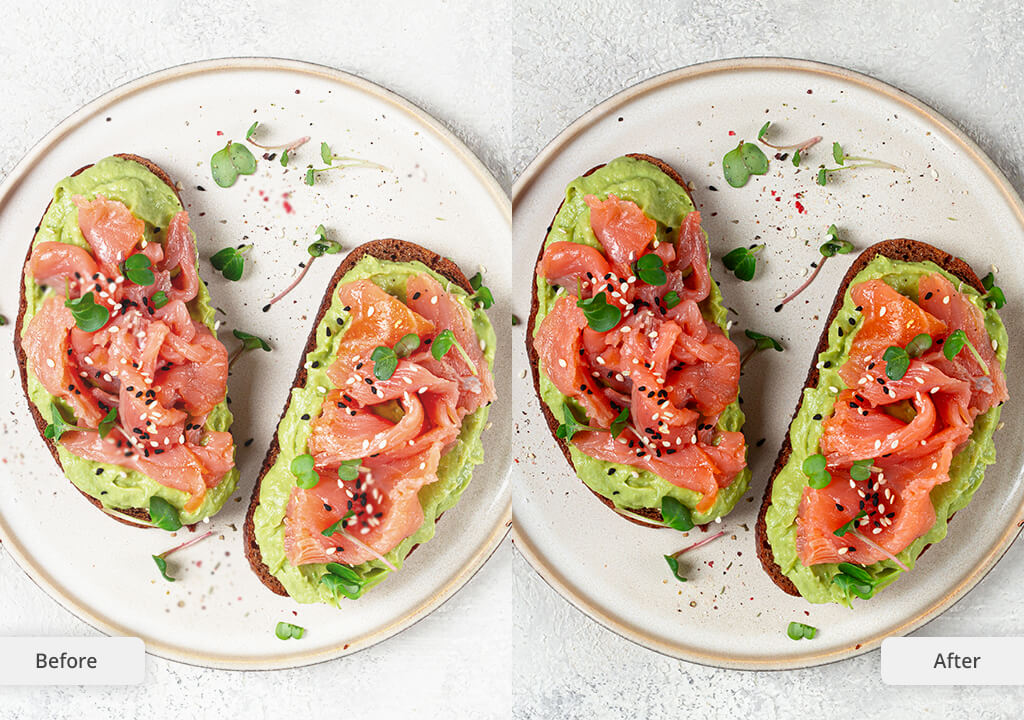

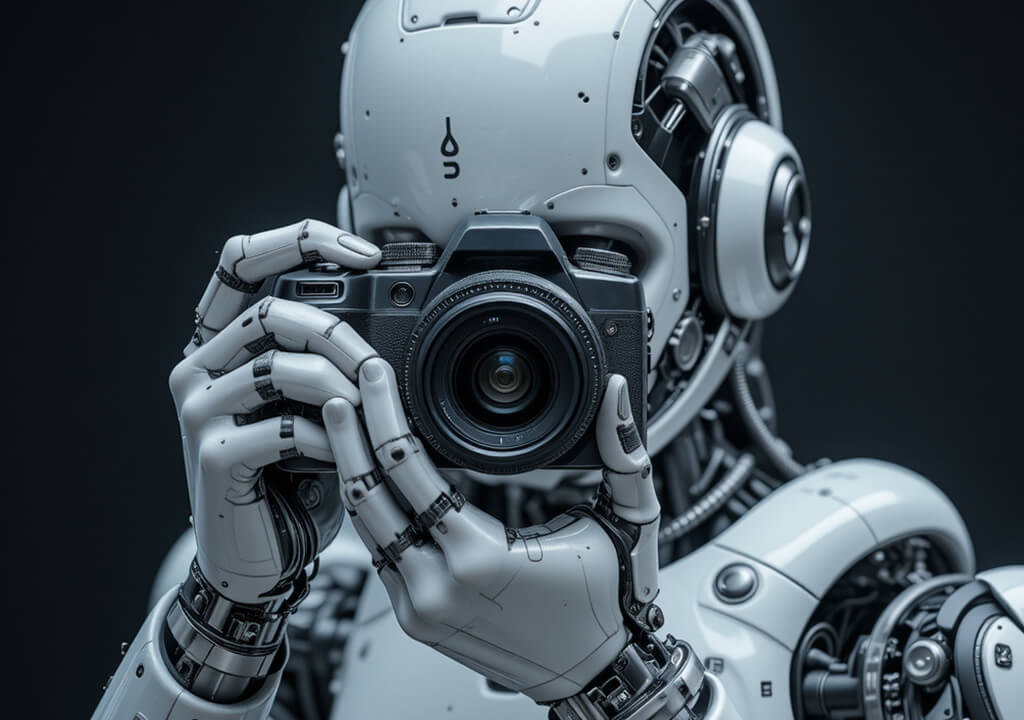
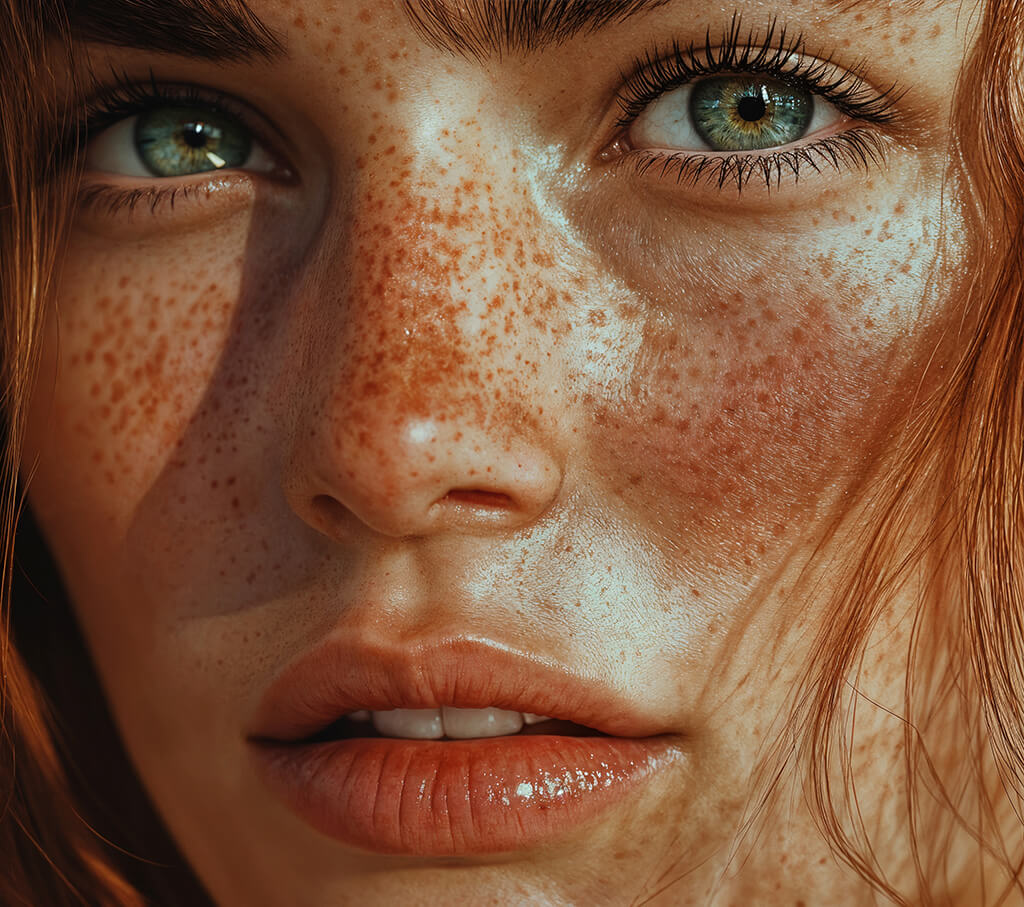
FixThePhoto blends careful hand editing with efficient AI tools to achieve excellent results that fit a variety of client needs. We’ve tried different combinations of AI and manual work. This is how we apply each approach for the best outcome:
We do our core editing work manually to make sure every photo looks realistic. Professional retouchers take care of:
Fix The Photo Body Editor & Tune app - powered by AI
If you are interested in fast editing and simple enhancements, try our AI-based Fix The Photo Editor & Tune app. It’s ideal for situations where your priorities are speed and automation. For instance, you can use it for:
As Wikipedia explains, photography is the process of capturing light through a camera to make an image on a physical or digital surface. This requires a real physical interaction between the camera, the subject, and the light.
AI produces images from nothing, using algorithms and text inputs, without capturing any real objects or light. This means AI-generated images don’t match the traditional definition of photography.
Today, the boundaries between photography, design, and digital art are less clear. No wonder the debates about AI and the future of photography become heated. AI images may not be real photos, but they’re often used as a new form of digital creativity. Many artists combine them with photo-like elements to create unique visual stories.
Calling AI-generated images “photography” may cause problems. It can be misleading and may hurt the trust and reputation of real photographers.
Today, some experts say photography is more than just using a camera. It’s about visual expression. From that point of view, AI-generated images can be viewed as a new part of photographic art, where technology becomes a new creative tool.
Many countries are updating their laws to deal with AI in creative work. Here are some major issues related to AI art and photography that they’re trying to figure out:
Who is the author of an AI image? In many countries, like the U.S., images made entirely by AI without meaningful human input aren’t protected by photography copyright. In the EU, the author is the person who made a creative contribution, even if they used AI to help.
Who owns the rights to use AI images commercially? If an image is made using a commercial AI tool, the copyright may belong to the AI developers unless the terms of use say otherwise.
How is AI managed in photo contests? To stay fair and transparent, many photography contests now have specific guidelines on the use of AI:
AI photo editing software for PC stands out in many ways, especially when it comes to:
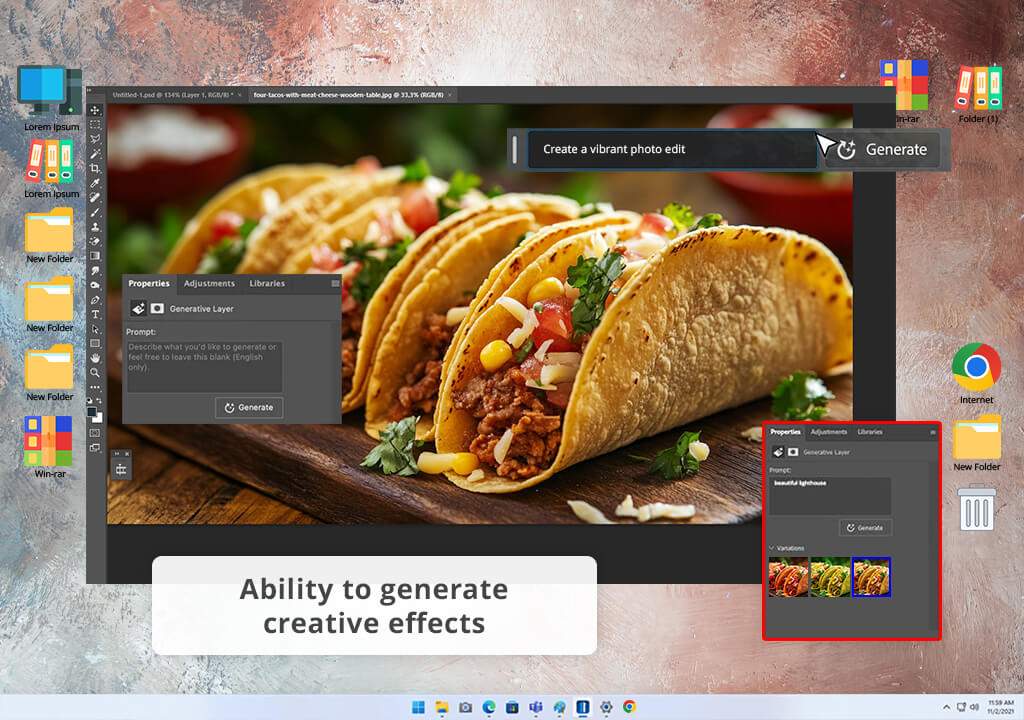
Automation of repetitive tasks. Imagen AI and similar programs study your previous edits to learn your preferences. They then apply these changes automatically to new photos, expediting your workflow. Adobe Sensei in Photoshop AI also helps by automatically selecting and masking parts of images. Thus, you can complete these tasks more quickly and precisely.
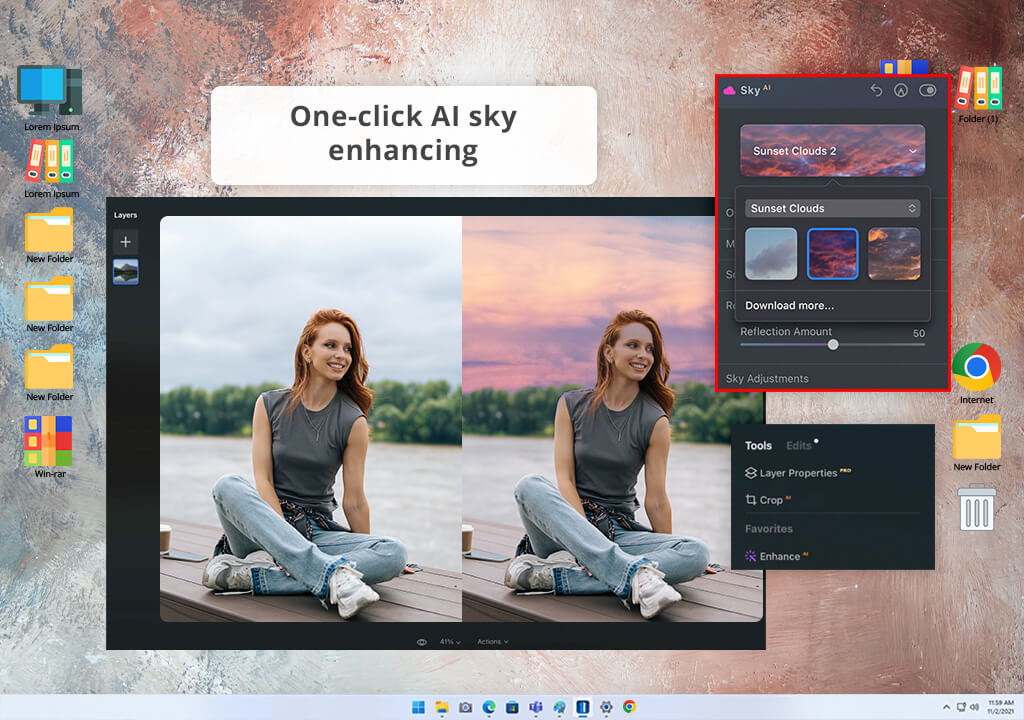
Image enhancement. Skylum Luminar offers AI Sky Enhancer and AI Structure to enhance tricky details in images. Topaz Labs Sharpen AI improves sharpness, and Gigapixel AI enlarges images while keeping them clear.
True-to-life changes. With AI programs such as NVIDIA Canvas, you can turn rough drawings into realistic scenes. MidJourney also generates fresh, pro-quality images from simple text descriptions. With such tools at hand, artists can quickly bring their ideas to life.
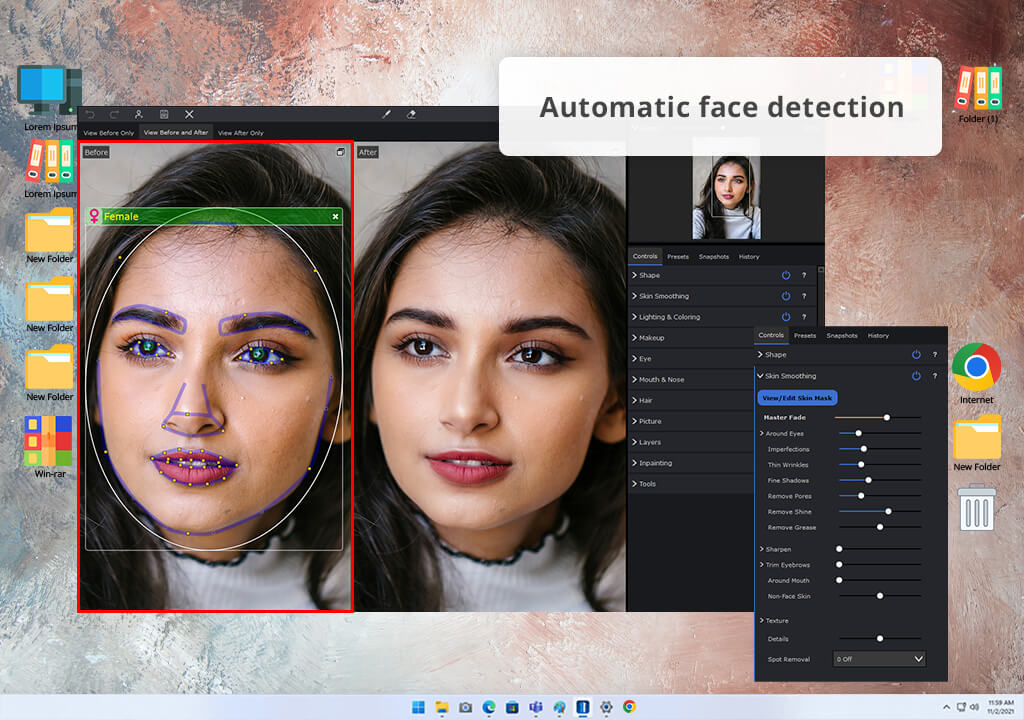
Smart portrait editing. PortraitPro applies AI to smooth skin, improve facial details, and fix lighting with expert precision. Therefore, even novices can do high-quality retouching and achieve amazing results.
Efficient photo management. AI-powered apps like Google Photos can identify faces, objects, and places to organize your pictures faster. So, you need to spend just a several seconds to locate particular images.
Art made with AI comes from computer programs trained on lots of images. The most popular tools are DALL·E, MidJourney, and DeepArt.io. Users just need to type in ideas and wait for the AI to create original images. It’s an innovative way of combining people’s creativity with smart technology.
Examples of AI-generated art:
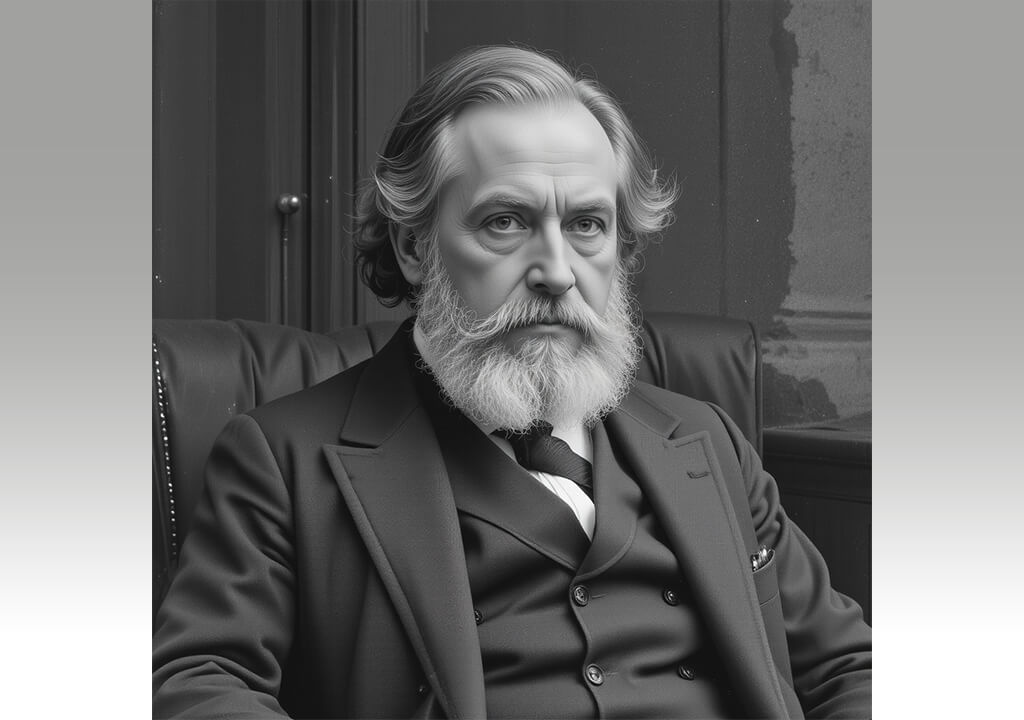
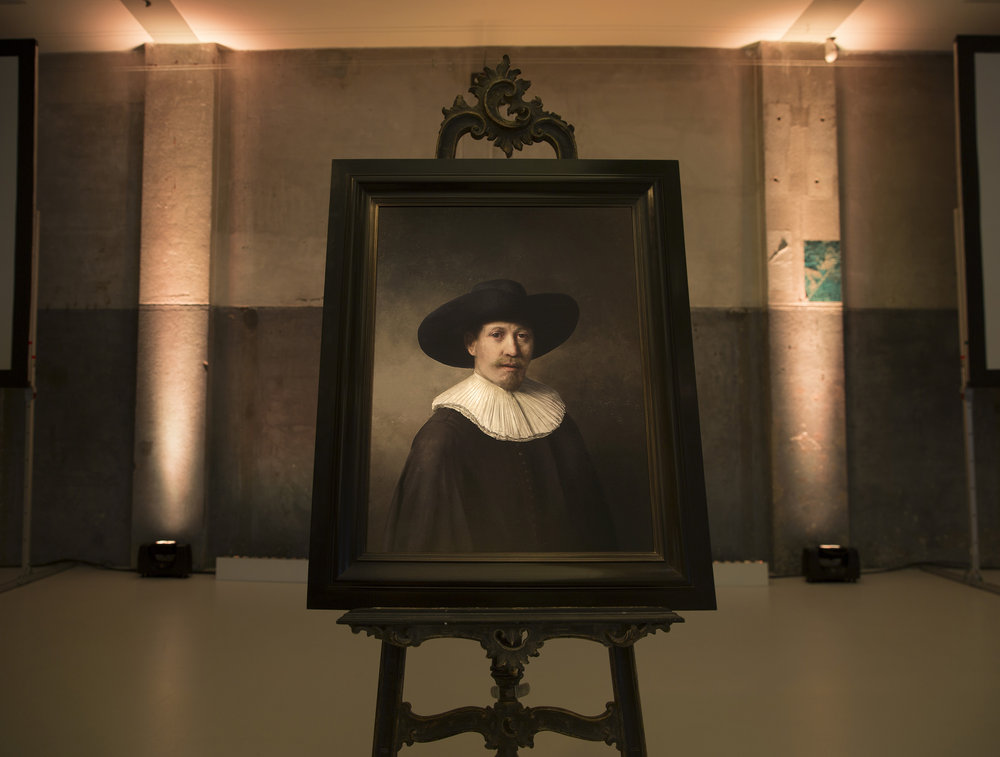
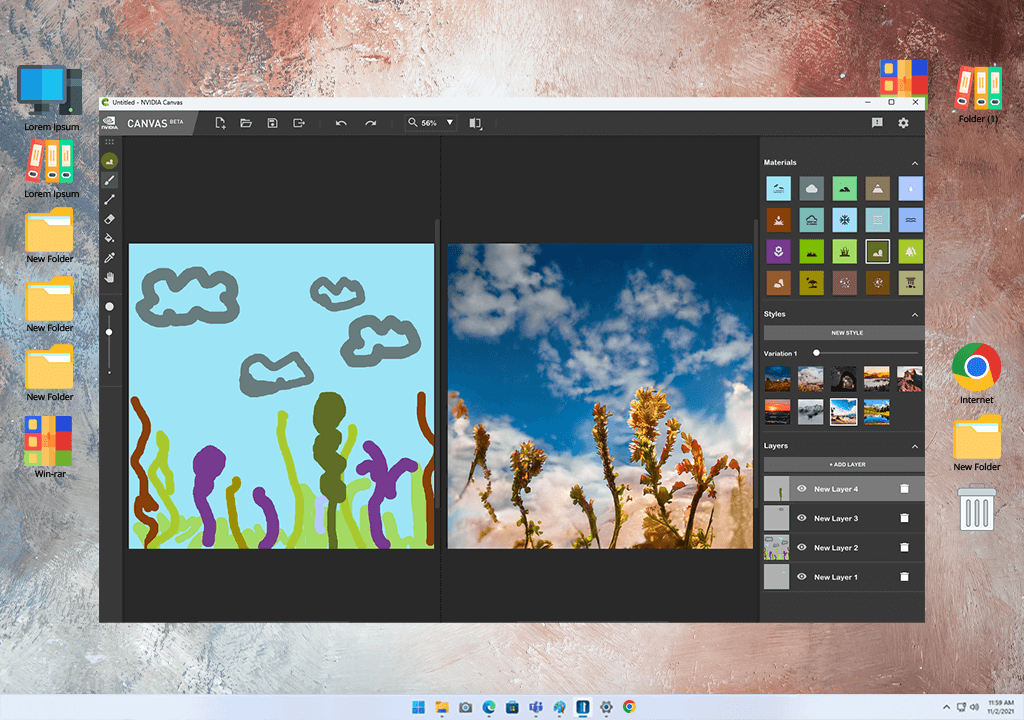
Celebrity fakes created with AI, like deepfakes, use advanced tools to mix faces and create false videos or photos. While some are just meant to be funny, others are aimed at tricking people or hurting someone’s reputation.
Examples of celebrity fakes:

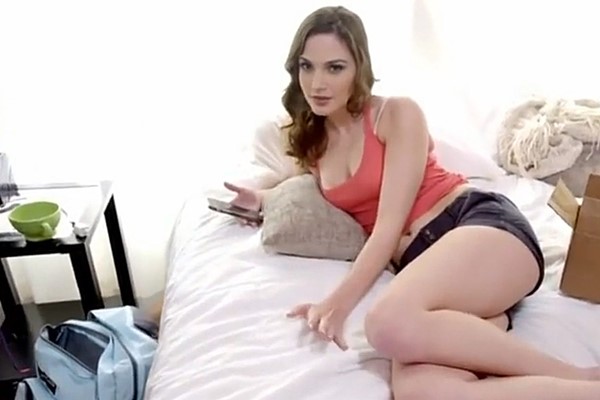
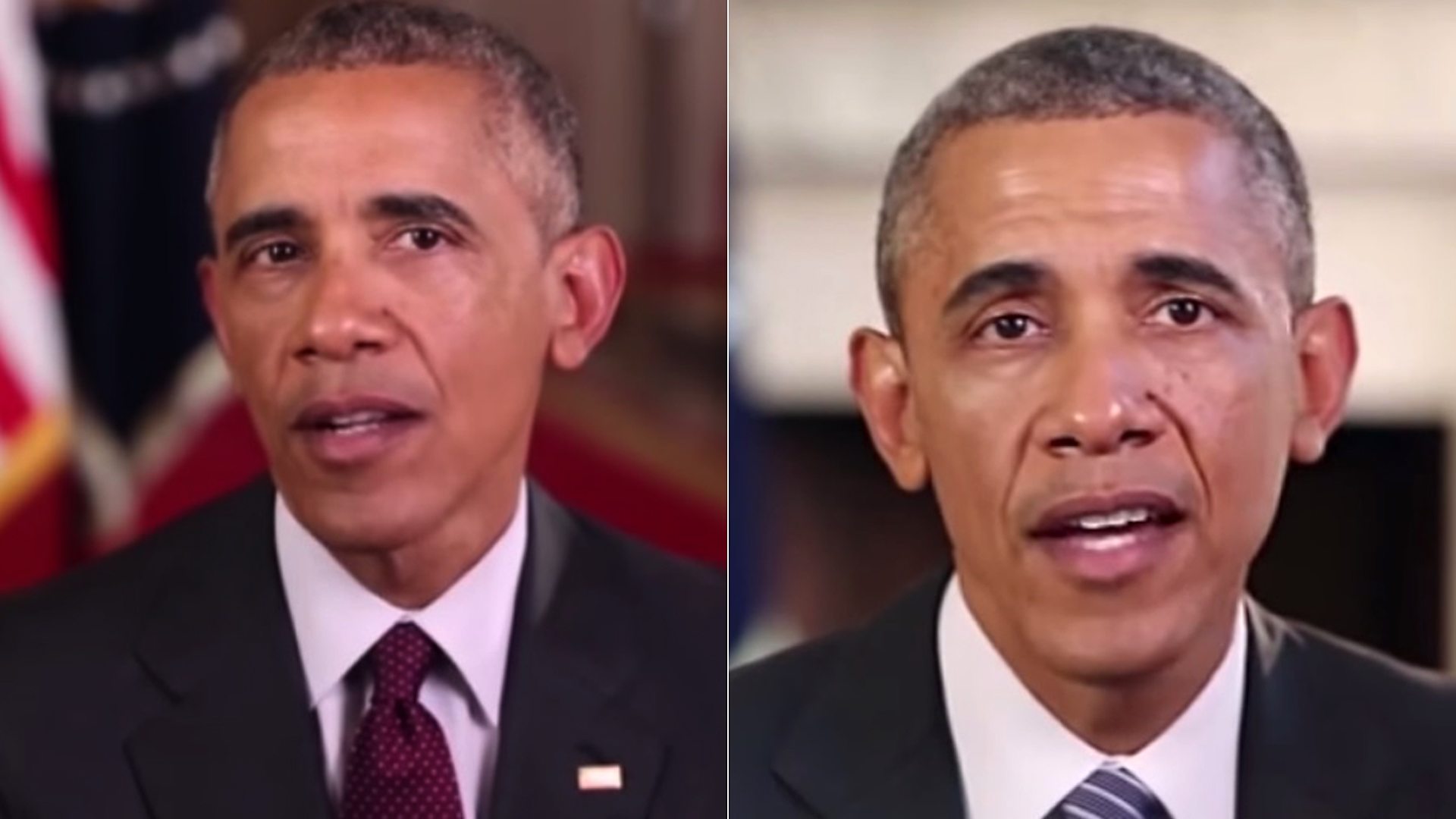
| Aspect | AI-Generated Art | Celebrity Fakes |
|---|---|---|
|
Purpose and Intent
|
✔️ Inspires, educates, or entertains, typically positive
|
❌ Deceives or manipulates; intent ranges from humor to harm
|
|
Legality
|
✔️ Legal unless infringing on copyright or plagiarism
|
❌ Often illegal; laws like California's AB 602 address misuse
|
|
Transparency
|
✔️ Disclosed with metadata or prompts for clarity
|
❌ Often lacks disclosure; designed to appear authentic
|
|
Ethical Impact
|
✔️ Supports innovation and creativity, sparking debates on originality
|
❌ Raising ethical concerns, including consent and reputational damage
|
|
Public Perception
|
✔️ Increasingly accepted as a tool for creative exploration
|
❌ Often viewed negatively due to misuse and potential for harm
|